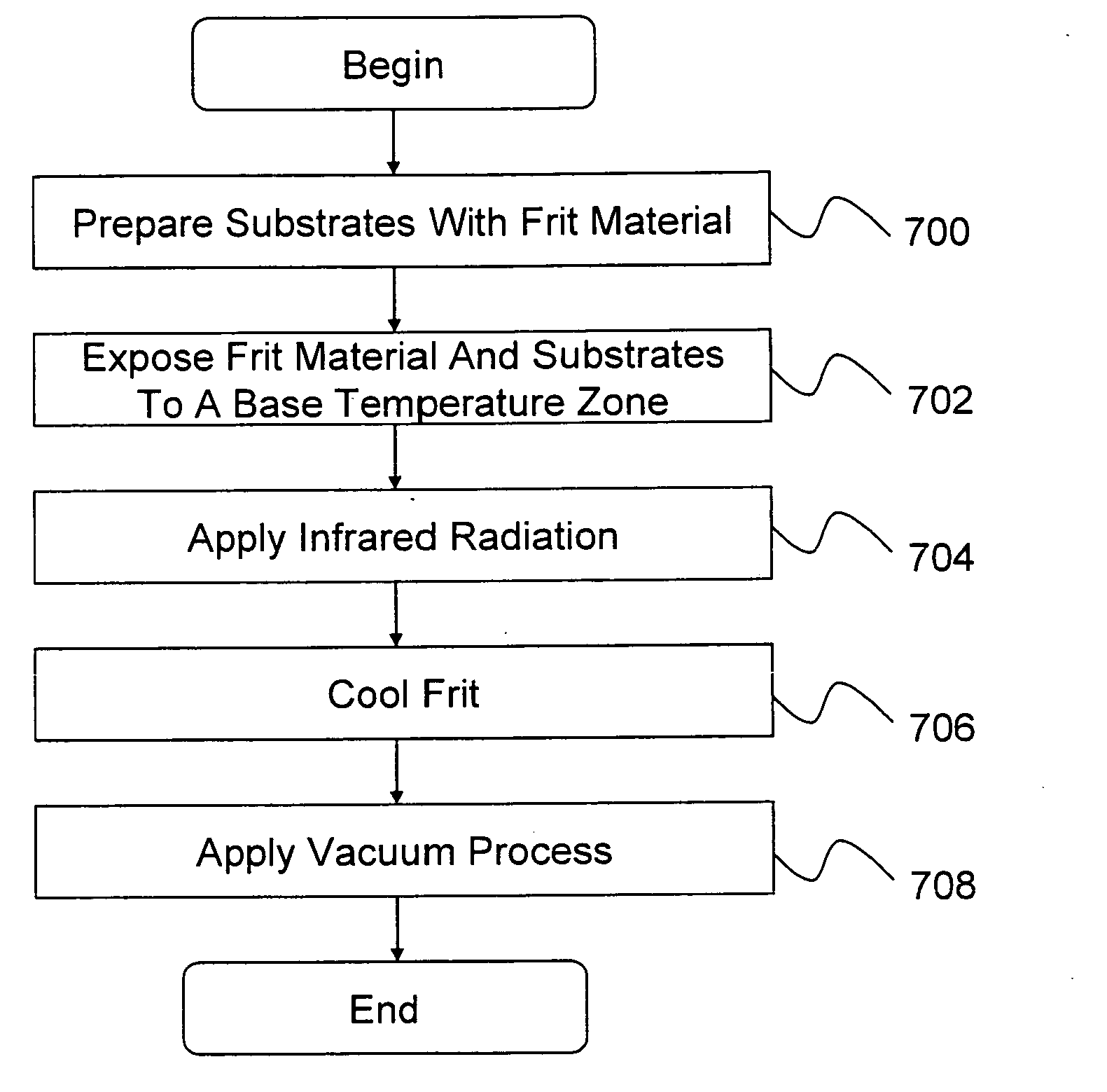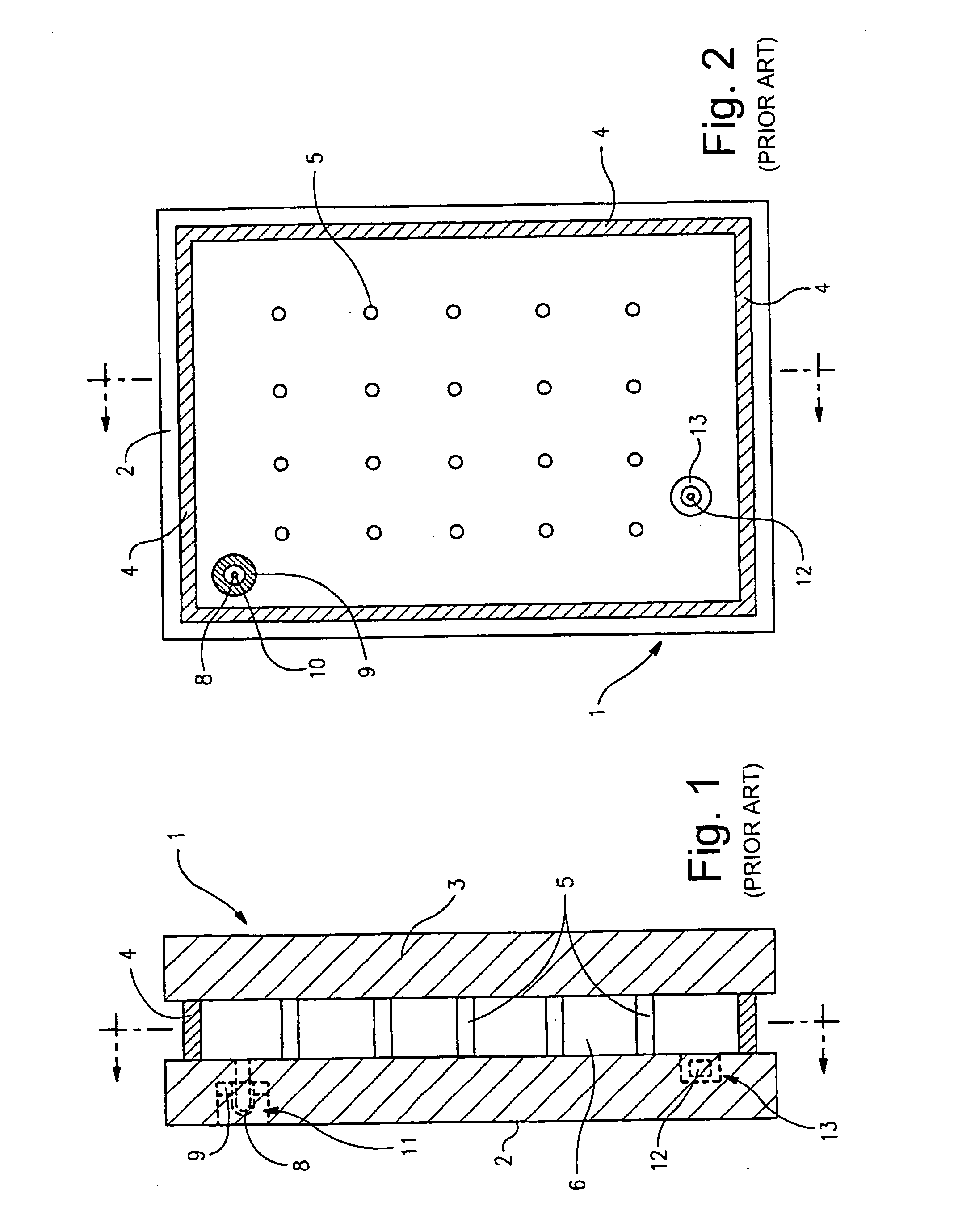Materials and/or method of making vacuum insulating glass units including the same
a technology of vacuum insulating glass and frit material, which is applied in the field of improved frit material and/or methods for making vacuum insulating glass (vig) units, can solve the problems of significant loss, adversely affecting certain low-e coating(s), and undesirable high temperatures of the entire assembly utilized in the formulation of edge seals b>4/b>, so as to reduce the ir energy impinging upon the frit material and increase the ir energy imping
- Summary
- Abstract
- Description
- Claims
- Application Information
AI Technical Summary
Benefits of technology
Problems solved by technology
Method used
Image
Examples
Embodiment Construction
[0047]The following description is provided in relation to several example embodiments which may share common characteristics, features, etc. It is to be understood that one or more features of any one embodiment may be combinable with one or more features of other embodiments. In addition, single features or a combination of features may constitute an additional embodiment(s).
[0048]FIG. 5 is cross-sectional view of a vacuum insulated glass (VIG) unit according to certain example embodiments. VIG unit 500 may include first and second glass substrates 502a and 502b that are spaced apart and define a space therebetween. The glass substrates 502a and 502b may be connected via an improved seal 504. Support pillars 506 may help maintain the first and second substrates 502a and 502b in substantially parallel spaced apart relation to one another. It will be appreciated that the CTE of the improved seal 504 and the glass substrates 502a and 502b may substantially match one another. This may...
PUM
| Property | Measurement | Unit |
|---|---|---|
| wavelength | aaaaa | aaaaa |
| temperature | aaaaa | aaaaa |
| temperature | aaaaa | aaaaa |
Abstract
Description
Claims
Application Information
 Login to View More
Login to View More - R&D
- Intellectual Property
- Life Sciences
- Materials
- Tech Scout
- Unparalleled Data Quality
- Higher Quality Content
- 60% Fewer Hallucinations
Browse by: Latest US Patents, China's latest patents, Technical Efficacy Thesaurus, Application Domain, Technology Topic, Popular Technical Reports.
© 2025 PatSnap. All rights reserved.Legal|Privacy policy|Modern Slavery Act Transparency Statement|Sitemap|About US| Contact US: help@patsnap.com



